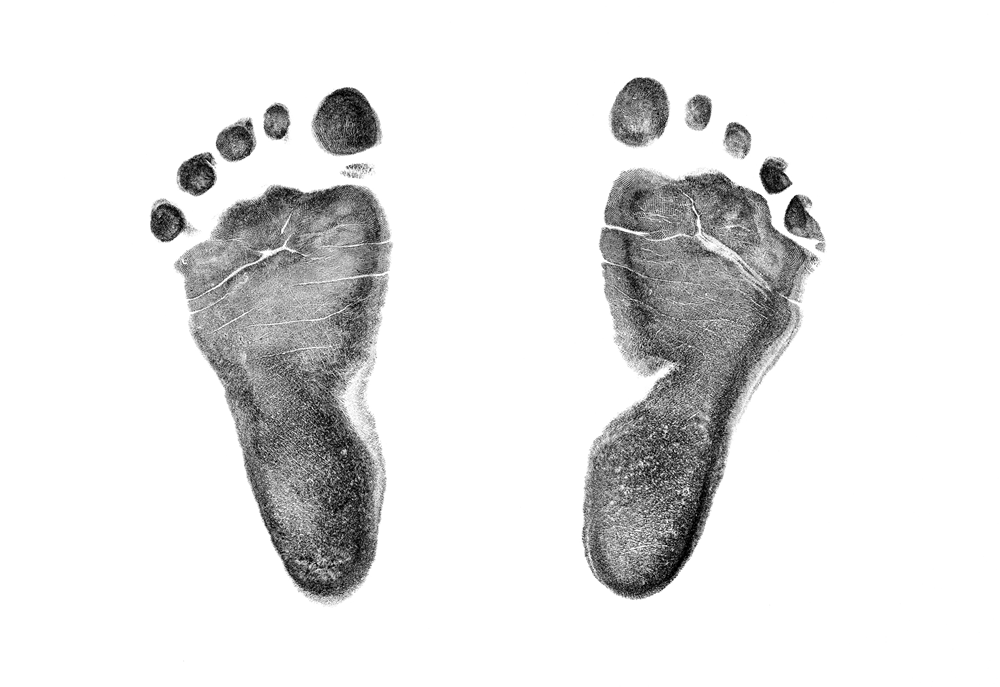
Close contact intervention between mum and her premature baby may cut risk of death by almost a third
Peer reviewed? Yes
Evidence type: Systematic review and meta-analysis
Subjects: Close contact interventions and preterm infants
Close contact intervention between a mother and her premature baby may reduce risk of mortality by almost a third
‘Kangaroo mother care’ seems to reduce the risk of infant mortality by 32% and severe infection by 15%, study suggests
A method of care involving skin-to-skin contact between a mother and her prematurely born or low birth weight baby appears to impact the child’s chances of survival significantly, suggests a study published online in the journal BMJ Global Health.
Starting the intervention within 24 hours of birth and carrying it out for at least eight hours a day both appear to make the approach even more effective in reducing mortality and infection, researchers found.
The method of care known as ‘Kangaroo mother care’ (KMC) involves an infant being carried, usually by the mother, in a sling with skin-to-skin contact and many studies already carried out have shown this is a way of reducing mortality and the risk of infection for the child.
The World Health Organization recommends it as the standard of care among low birth weight infants after clinical stabilisation.
However, less is known about the ideal time at which to begin the intervention. Hence, researchers from India conducted a review of numerous large multi-country and community-based randomised trials on the subject.
By looking at existing studies, they set out to compare KMC with conventional care and to compare starting the approach early (within 24 hours of the birth) with later initiation of KMC to see what effect this had on neonatal and infant mortality and severe illness among low birth weight and preterm infants.
Their review looked at 31 trials that included 15,559 infants collectively and of these, 27 studies compared KMC with conventional care, while four compared early with late initiation of KMC.
Analysis of the results showed that compared with conventional care, KMC appeared to reduce the risk of mortality by 32% during birth hospitalisation or by 28 days after birth, while it seemed to reduce the risk of severe infection, such as sepsis, by 15%.
It also emerged that the reduction in mortality was noted regardless of gestational age or weight of the child at enrolment, time of initiation, and place of initiation of KMC (hospital or community).
It was also noted that the mortality benefits were greater when the daily duration of KMC was at least eight hours per day than with shorter duration KMC.
Those studies that had compared early with late-initiated KMC demonstrated a reduction in neonatal mortality of 33% and a probable decreased risk of 15% in clinical sepsis until 28 days following early initiation of KMC.
The review had some limitations in that the studies looked at involved an intervention that was obviously known about by participants so that it could be seen as biased, and very low birth weight, extremely preterm neonates, and severely unstable neonates were often excluded from studies.
However, the review authors said that the risk of bias in the included studies was generally low, and because their review had included a comprehensive and systematic search of existing studies, the certainty of the evidence for the primary outcomes was moderate to high.
They concluded: “Our findings support the practice of KMC for preterm and low birth weight infants as soon as possible after birth and for at least eight hours a day.
“Future research should focus on overcoming barriers and facilitators to large-scale implementation of KMC in facility and community settings. Data on long-term neurodevelopmental outcomes are also needed.
05/06/2023
Notes for editors
Research: Kangaroo mother care for preterm or low birth weight infants: a systematic review and meta-analysis doi:10.1136/bmjgh-2022-010728
Journal: BMJ Global Health
Funding: World Health Organization
Link to Academy of Medical Sciences press release labelling system:
http://press.psprings.




